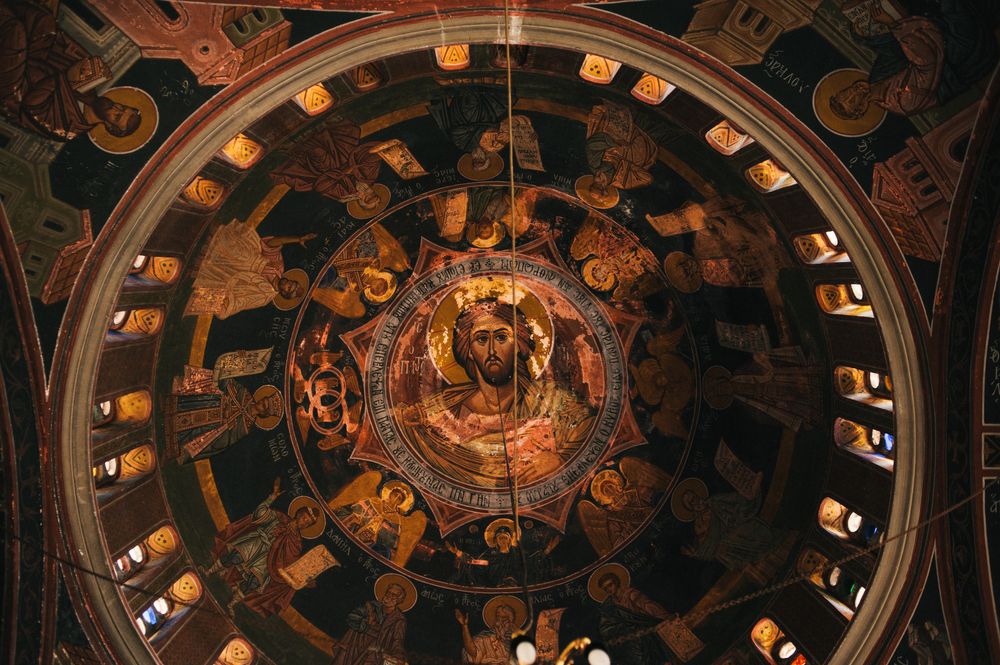In those early centuries different forms of Divine Liturgy sprang up in Syria, Egypt, Palestine, and Asia Minor, as well as in Rome. Variations of emphasis naturally developed. Some incorporated Greek philosophical concepts. Others drew on Rabbinic Judaism. Still others were inspired by Persian symbolism. These “eastern” forms of liturgy were carried in every direction by the Apostles’ successors – Eastward to Persia, India, and China, Southward to Ethiopia and Eritrea, Westward to Greece and Italy, and ultimately Northward to the Slavic lands, Bulgaria, Rumania, Ukraine, Russia. At the same time, the Latin form of liturgy flourished throughout the western portion of the Roman Empire – Italy, Gaul, Brittania, and Spain.
In the East, Christians were subjects or citizens of different empires, immersed in different cultures – Persian, Chaldean, Armenian, Egyptian, Indian. In the West, the centralizing influence of the Roman Empire on government, commerce, and culture led to a greater tendency toward uniformity in spirituality and practice. This description is, of course, a simplifying framework, omitting a great deal of rich detail characteristic of each tradition.
As a result of this liturgical development and local adaptation throughout history, the current liturgy of the Church may be grouped into eight principal rites:
- Latin
- Byzantine
- Armenian
- Syrian
- Maronite
- Chaldean
- Coptic
- Ethiopian
Four main forms of liturgy are in use:
- The Liturgy of St. John Chrysostom (Byzantine)
- The Liturgy of St James (Antiochean)
- The Liturgy of St. Mark (Alexandrian)
- The Liturgy of Rome (Roman)
These liturgies share a common, easily recognizable framework – preliminary prayers, readings of Epistles and Gospels, the eucharistic prayer (anaphora), communion. In general, the parts of the Liturgy further away from the consecration show more individualized variety.
Liturgy has been emphasized here in describing Eastern Catholic Churches because it is the most visible of the activities of these Churches. But liturgy isn’t the whole story. Liturgy is an outward expression of inner experience. The experience of each Eastern Church also includes emphasis on particular aspects of spirituality, prayer, theology, and community life. Each Church is a complete, self-governing “particular” Church within the universal church. Each has a synod of bishops in communion with the Pope.
Today there are 23 Eastern Catholic Churches. About 1 in every 70 Catholics in the world is an Eastern Catholic. Below is a list of these Churches, with approximate membership as of 2016. As history has unfolded over the centuries, and especially recently with modern communication, migration, and global commerce, many of these Churches have sprouted a significant presence in North and South America, Africa, Europe, Asia, and Australia.
Most of the particular Catholic Churches have their counterpart Orthodox Churches, who share the same means of witnessing to the Kingdom of God: scripture, liturgy, the mysteries (sacraments), spiritual practice. It is important to acknowledge that there remain definite differences on certain theological points and in jurisdiction. Nonetheless, all are united in the conviction that Christ “…is before all things, and in Him all things hold together.” Col 1:17

